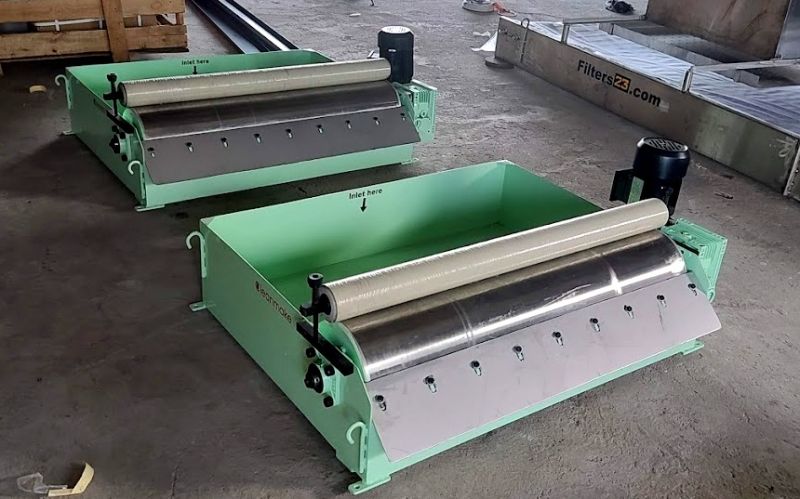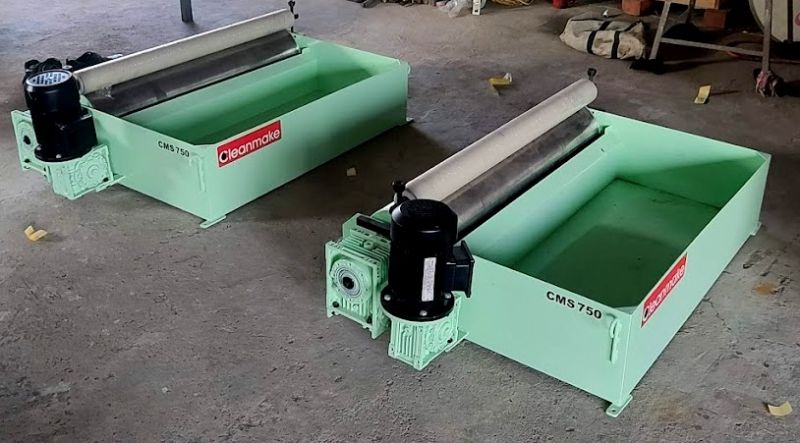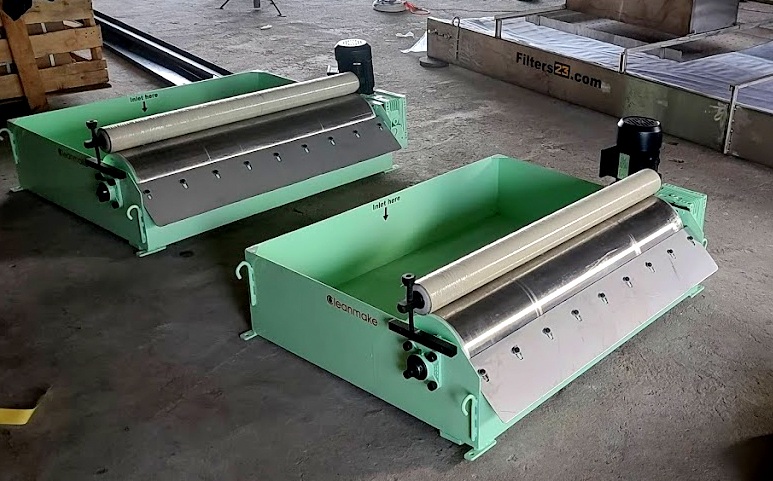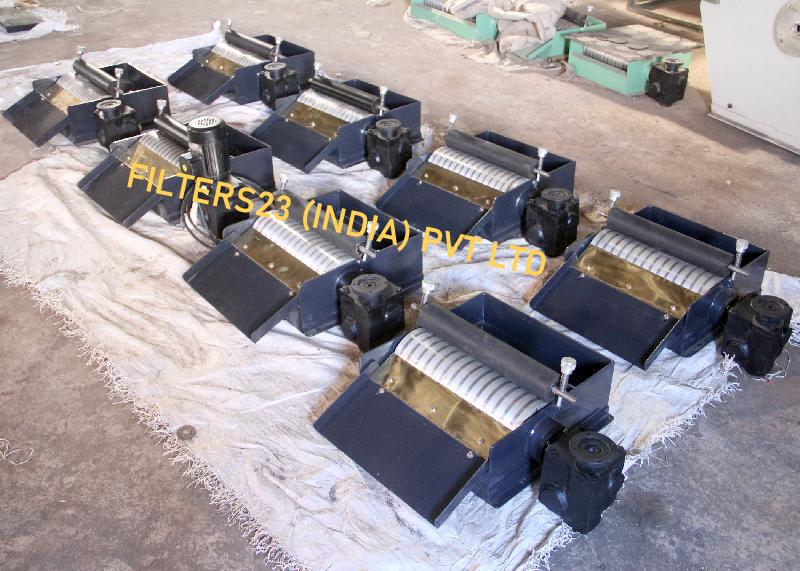Company Information
Ask for more detail from the seller
Contact SupplierCoolant Magnetic Separator
Filters23 India coolant magnetic separator is a device used in industrial settings to remove ferrous (iron-based) particles from liquid coolant or cutting fluid used in machining processes. These particles can be detrimental to machinery and tools, causing wear and tear and affecting the quality of the finished products. Coolant magnetic separators help maintain the cleanliness and effectiveness of the coolant by capturing and removing these ferrous contaminants.
Here's how a coolant magnetic separator typically works:
Installation: The separator is usually installed in the coolant circulation system of a machine tool, such as a grinding machine or a machining center. It can also be installed in standalone coolant tanks.
Magnetic Field: The separator contains one or more powerful magnets. As the coolant flows through the separator, the magnetic field attracts and captures ferrous particles from the coolant.
Particle Separation: The ferrous particles, such as iron shavings, metal chips, or other magnetic contaminants, are pulled out of the flowing coolant and held onto the magnetic surface or collection area within the separator.
Cleaned Coolant: The now-cleaned coolant exits the separator and can be recirculated back into the machining process.
Maintenance: Periodically, the magnetic separator needs to be cleaned and the collected ferrous particles removed. This maintenance ensures the continued efficiency of the separator.
Coolant magnetic separators are essential in industries like metalworking, automotive manufacturing, aerospace, and more, where precision machining and the quality of finished products are critical. By removing ferrous contaminants from the coolant, these separators help extend tool life, improve machining accuracy, and reduce machine maintenance and downtime.
There are various types and designs of coolant magnetic separators available, including permanent magnetic separators and electromagnetic separators. The choice of separator depends on factors like the size and type of contaminants in the coolant, the flow rate of the coolant, and the specific requirements of the machining process.





